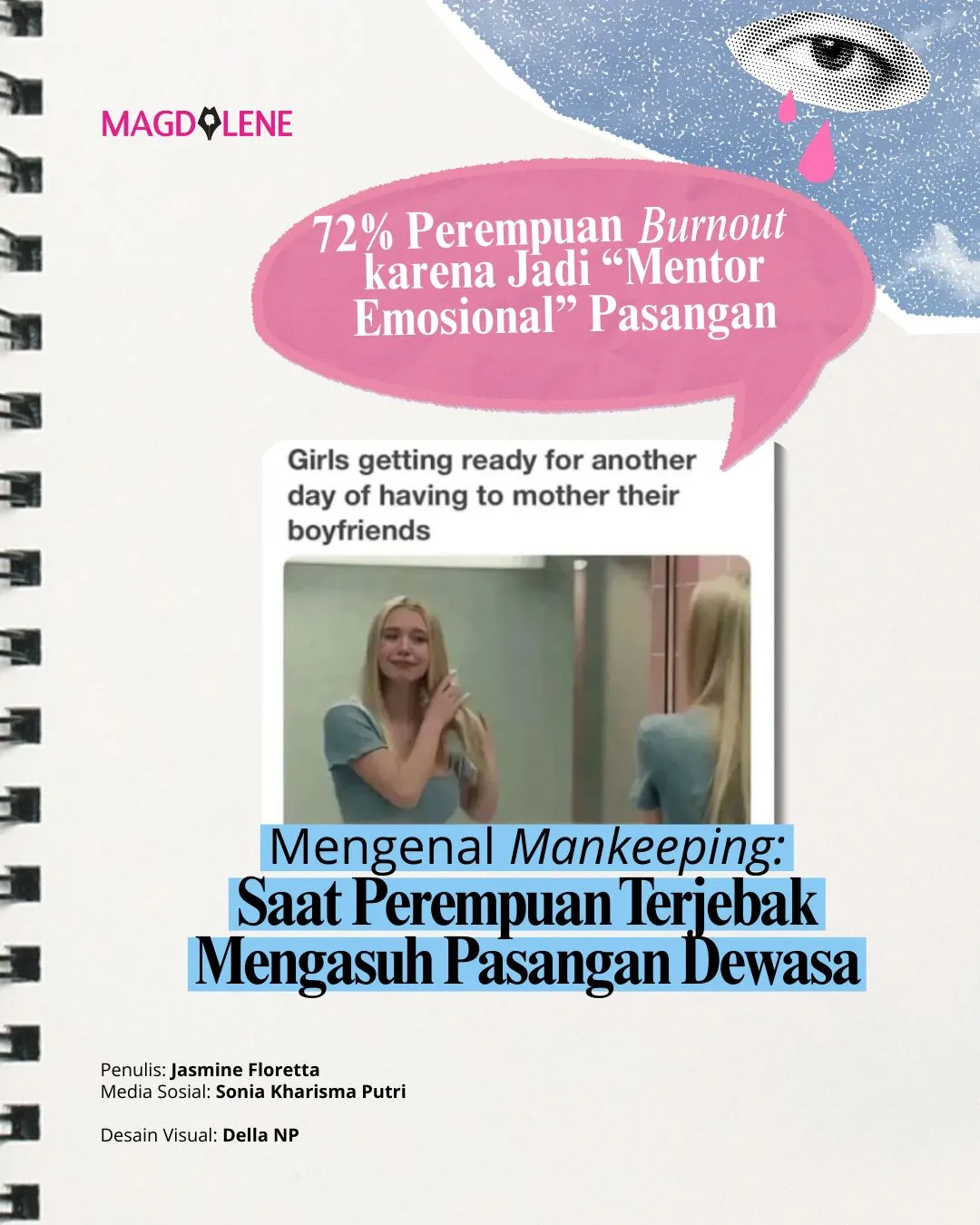Furiosa: A Mad Max Saga Does Little to Address Australia’s Dark Past

In former British colonies like Australia, cinema has historically played an important cultural role in legitimising the presence of settlers. And from its relatively modest beginnings in the late 1970s to today’s billboard-hogging blockbuster franchise, the Mad Max series occupies a lofty place in the pantheon of this kind of cinema.
The latest film in the franchise, Furiosa, is the first to shift focus entirely away from the eponymous Max Rockatansky. Instead, it tells the gripping origin story of his chief rival in 2015’s Mad Max: Fury Road, Furiosa (played by Anya Taylor-Joy). The film’s high-octane, non-stop action is interspersed with the kind of character development and myth-making befitting its full title, Furiosa: A Mad Max Saga.
The precise space the Mad Max films occupy – both literally and cinematically – has always felt a little vague. Mad Max (1979) was set “a few years from now”, and offered only fleeting glimpses of the near-future meltdown that was central to its sequels, Mad Max 2 (1981) and Mad Max Beyond Thunderdome (1985).
In Furiosa, however, the film’s setting is made abundantly clear. A scene-setting prologue shows a rotating Earth, then zooms into an area on the eastern fringe of Australia’s red centre. With this, we arrive in a mythical oasis of abundance amid the “wasteland”.
In Fury Road, we learned that our heroine was “stolen” from the Green Place of Many Mothers – a women-led refuge of verdant plenty amid a world ravaged by ecocide. That backstory is filled out in the latest film, which opens with a young Furiosa (Alyla Brown) being kidnapped by a party of wasteland scoundrels loyal to the quietly maniacal Dementus (Chris Hemsworth).
Also read: ‘Challengers’, New Zendaya Tennis Film in the Psychology of Competition
Mad Max As An Australian Aaga
For those familiar with Australia’s colonial past, the scenario may sound familiar. A young girl is stolen from a place of plenty, seemingly untouched by patriarchal violence and greed, in order to satisfy the impulses of some intrepid “explorers”. And yet, there remains a glaring absence of Indigenous people and culture at the heart of the Mad Max films.
While First Nations actors in the series have been few and far between (sometimes making literal “blink and you’ll miss it” appearences), a clear effort at diverse casting was made this time around.
Noongar-Yamatji actor Clarence Ryan appears as Black Thumb, the ill-fated assistant to “War Rig” driver Pretorian Jack (Tom Burke). Meanwhile, Murri teenager Quaden Bayles plays a war pup, responsible for kick-starting the rig’s secret weapon.
Also read: ‘Baby Reindeer’: How the Show Brings a Fresh Perspective to Male Sexual Victimisation
Perhaps it would be unfair to expect the Australian director George Miller, or his blockbuster films, to right historical wrongs. He seems to prefer broad “hero’s journey” brushstrokes to grappling with real history.
Nonetheless, the Mad Max films have always had a “very intriguing attitude” to Australian history. And there is something slightly troubling about a director who – despite demonstrating an awareness of Aboriginal history, stories and traditions – makes a film that centres on a white child who is “stolen”, as opposed to one that is merely “lost”.
For much of the 20th century, Australia made no efforts to hide the government policies that encouraged the removal of First Nations children from their families. So-called protection and assimilation policies were central to state and federal efforts to deal with what was openly called “the Aboriginal problem”.
When the first phase of settler colonisation failed in its attempts to wipe out First Nations populations, attention turned to efforts to “breed out the black”. Eugenicists were enlisted to justify decades of racist government policy in which Aboriginal children were removed from their families. These children came to be known as the “stolen generations”.
Also read: ‘All of Us Strangers’ Buys Into Tropes of Tragic Queer Lives–But There Is Still Hope In It
Despite an official apology from the government in 2008, very little has changed for those affected, or those children who continue to be disproportionately removed by government agencies.
All the talk, now, is of another Fury Road prequel, this time focusing on Max himself. But what if, instead, Miller handed the reins over to a team of First Nations filmmakers, and let them offer an alternative perspective on the wasteland? Now that would be something to behold.![]()
Stephen Morgan, Lecturer in Film and Television, University of Bristol
This article was first published on The Conversation, a global media resource that provides cutting edge ideas and people who know what they are talking about.






















